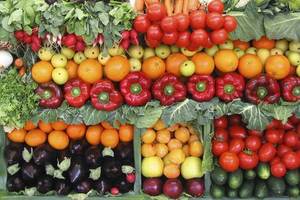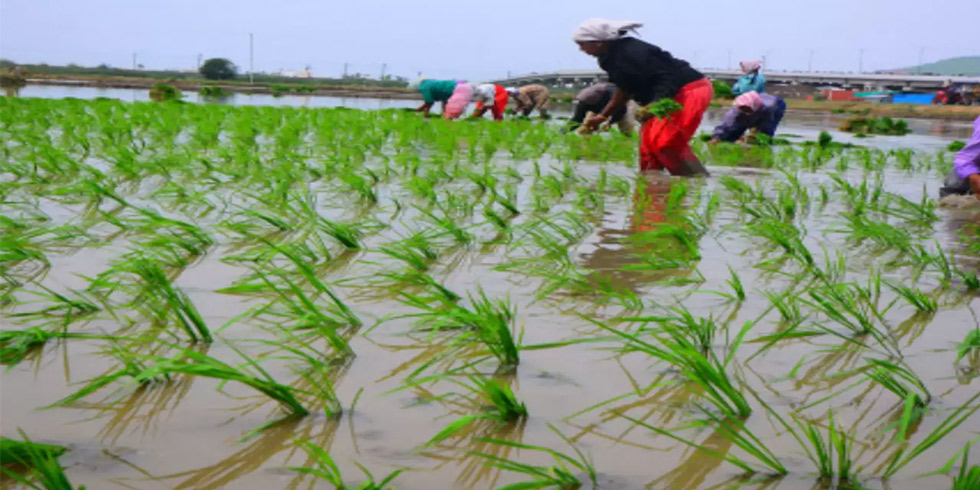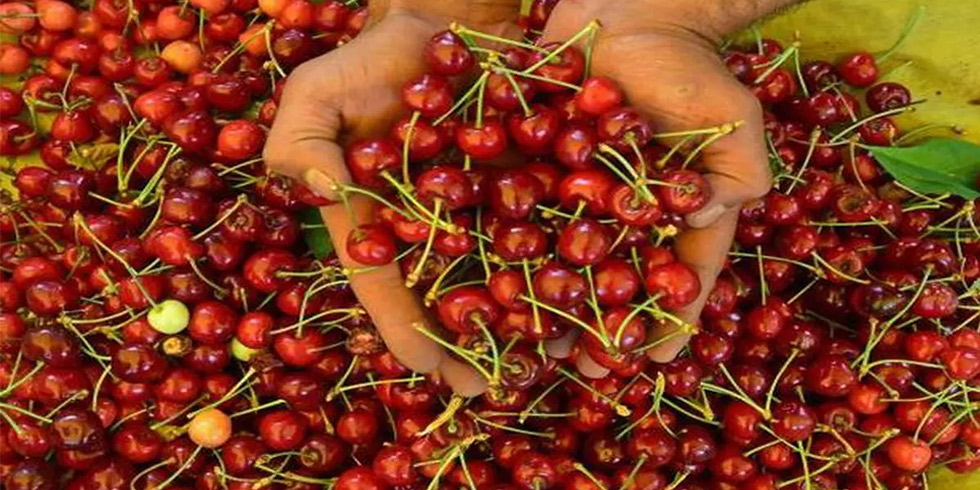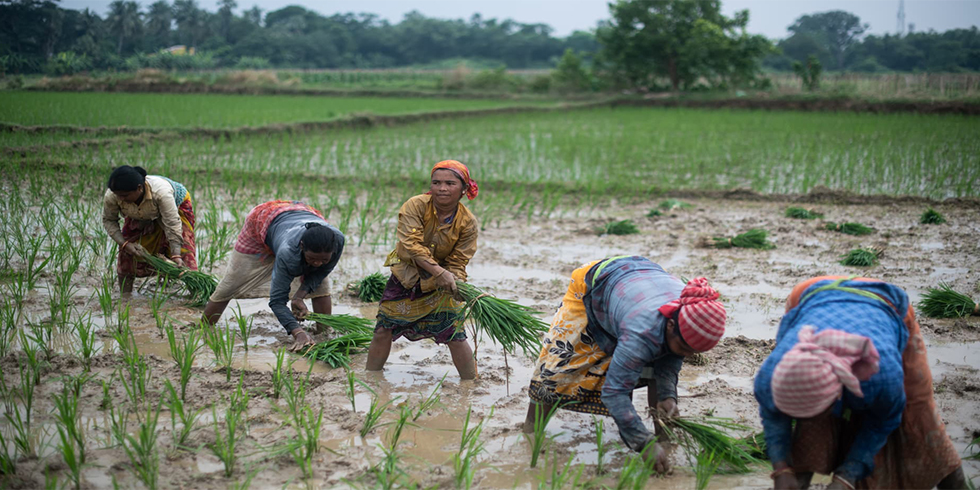Last year, prime minister Narendra Modi urged scientists to develop new agricultural practices and crop varieties so that farmers in the country could produce food items which could be exported to the Gulf region. “Due to the water crisis in the Gulf countries, they have to import all their food items which leave them worried about an ever increasing population.
Can’t we keep the requirements of Gulf in the mind and fulfil them through export,” Modi had said at platinum jubilee function of the Council of Scientific and Industrial Research. Over the last decade or so, Gulf countries such as United Arab Emirates (UAE), Saudi Arabia and others have emerged as a key destination for India’s exports of fruit and vegetables.
Besides Gulf, other South Asian countries, including Vietnam, Malaysia, Indonesia and European countries such as Netherlands and the United Kingdom have emerged as top markets for exports of agricultural produce from India. Although the shipment of buffalo meat and rice (Basmati and non-Basmati varieties) has emulated the past trends.
These constituted about 60% of the country’s agricultural and processed food products exports at over Rs 1.07 lakh crore in FY17—marginally higher than the previous fiscal, exports of fruit and vegetables and groundnuts have grown more than 13% and 34%, respectively. Fruit and vegetables contributed Rs 10,686 crore, while groundnuts added Rs 5,454 crore in exports in comparison to FY16. Amongst fruit and vegetables, mangoes, grapes, potato, onions constituted a major chunk of the shipment. What could be reasons behind the jump in exports, when the country itself consumes a large chunk of fruit and vegetables? Setting up of modern pack-houses for sorting, grading and packing of the quality fruit and vegetables have been available at various production zones.
In the case of several agricultural commodities, guidelines have been framed to determine the compliance with maximum residue levels (MRLs) for the identified pesticides. Grade designation and quality development parameters have also been set up. Officials with Agricultural and Processed Food Products Exports Development Authority (APEDA) said that the sharp spike in exports has been achieved despite the absence of sea protocol with most of the countries. At present, shipments of fruit and vegetables to the European Union and many Asian countries is being carried out via air, thus pushing up the cost of transportation.
But the signing of sea protocol is also being initiated with many countries. In comparison to sending consignment through the air, ships are more economical as they cost just one-third of the air transport. For shipments, the protocol indicates that appearance of fruit must be fresh, the colour of peel must be intact and physiological loss in weight must be nil. Fruit & pulp characteristics after ripening should be fresh and green, and the produce should have a normal taste.
Consider India’s annual mango exports, which are currently around 700 tonne and are expected to increase manifold following signing sea protocol with countries like Japan, South Korea, the United States and the European Union. Besides officials have reiterated that Indian mango exporters mandatorily give their products ‘hot water treatment’ before exporting them to the European market. The National Plant Protection Organisation has now made it mandatory for mangoes to undergo this treatment before they are given phytosanitary certificates.
India’s shipment of mangoes to the United States in the last three years has been around 270 tonne annually, following setting up of irradiation facilities which could address the concern of US importers. Similarly, GrapeNet, an internet based electronic service is offered by APEDA to the stakeholders for facilitating testing and certification of grapes for export from India to the European Union in compliance with the standards identified by NRC Pune, with consultation from exporters. GrapeNet collects, stores and reports on the grapes supply chain in India.
Further, there has been a huge demand for onion in the South Asian countries, along with UAE. In the case of groundnuts, India being the second largest producer, shipments have been rising steadily. Officials say that the awareness and concern for quality amongst the Indian groundnut shellers and processors are also growing. Multiple sorting and grading are fast becoming a norm. Indian manufacturers have the capability to prepare and supply edible peanuts conforming to highest standards.








Add Comment